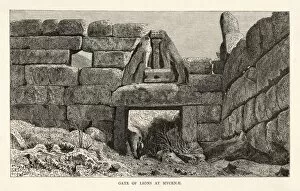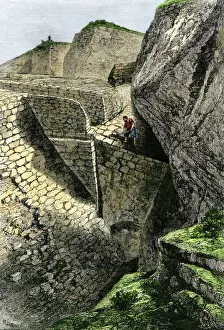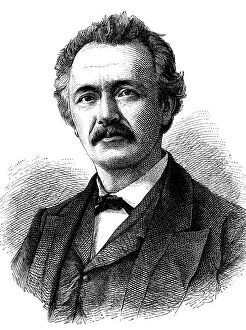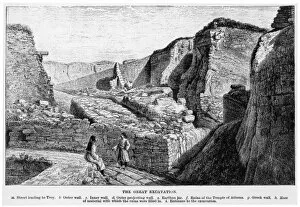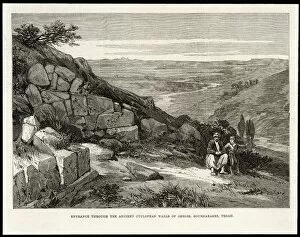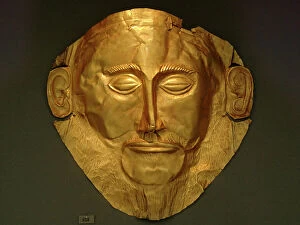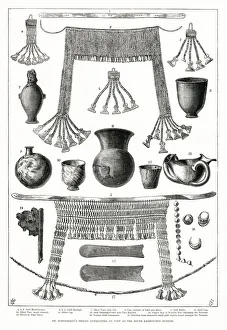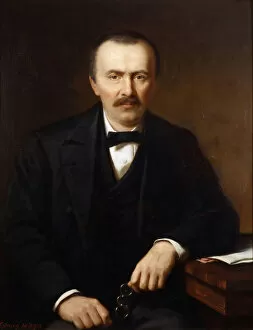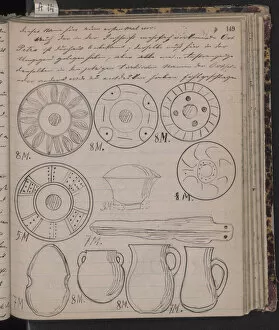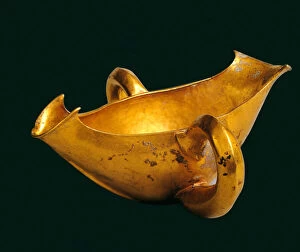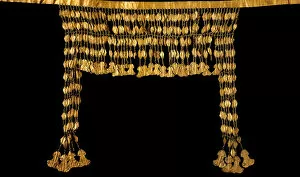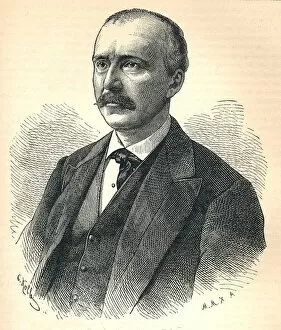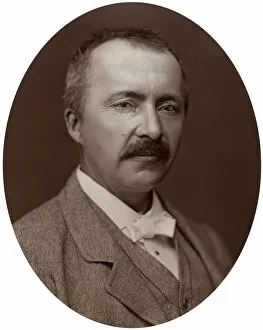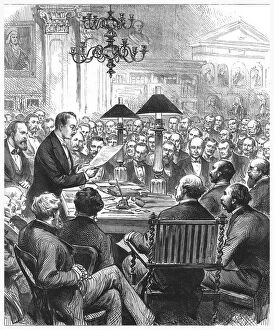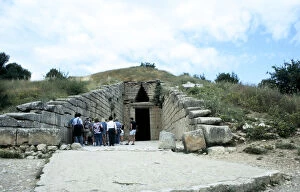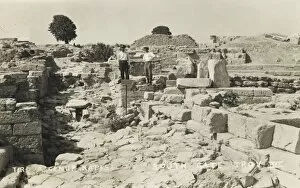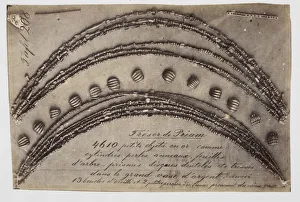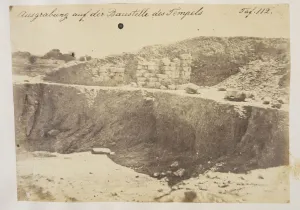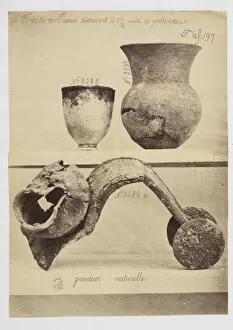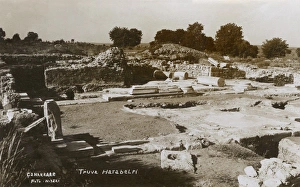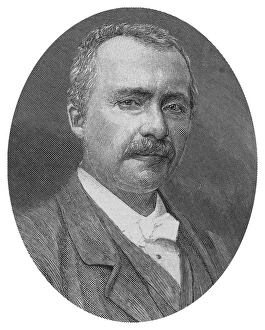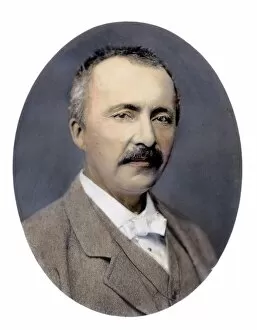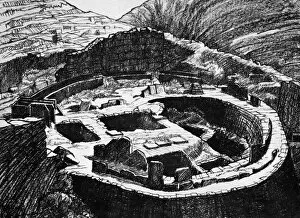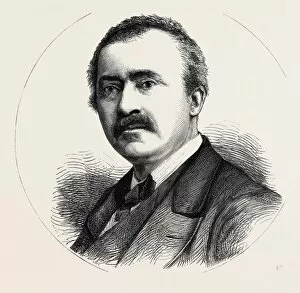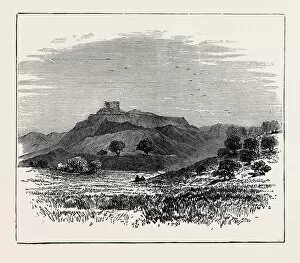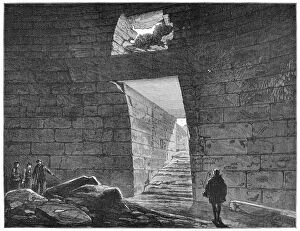Schliemann Collection
Heinrich Schliemann, a renowned German archaeologist, left an indelible mark on the world of ancient history
All Professionally Made to Order for Quick Shipping
Heinrich Schliemann, a renowned German archaeologist, left an indelible mark on the world of ancient history. His excavations at various sites in Greece and Turkey shed light on civilizations long lost to time. At Mycenae, he discovered the awe-inspiring Lion Gate, a monumental entrance that guarded the city's secrets for centuries. The Acropolis of Mycenae also witnessed Schliemann's meticulous exploration, unearthing treasures from its royal tombs. However, it was his excavation at Hissarlik - believed to be the site of Ancient Troy - that catapulted Schliemann into archaeological fame. With unwavering determination and perseverance, he meticulously dug through layers of earth to reveal the ruins of this legendary city. The entrance at Troy stood as a testament to his groundbreaking discoveries. Heinrich Schliemann's passion for uncovering ancient wonders knew no bounds. His findings included remarkable artifacts like the Tholos Tomb in Mycenae and funerary masks made of gold foil attributed to Agamemnon himself. These exquisite pieces showcased the artistic brilliance and opulence of Mycenaean culture. Among his most notable discoveries was Priam's Treasure - a magnificent diadem adorned with pendants crafted by skilled artisans from Troy itself. This treasure trove exemplified the grandeur and wealth once possessed by this mythical city-state. Schliemann's tireless efforts forever changed our understanding of these ancient civilizations. Through his meticulous excavations and invaluable contributions to archaeology, he breathed life into forgotten worlds such as Mycenae and Troy – allowing us glimpses into their rich histories that would have otherwise remained buried beneath layers of time.

